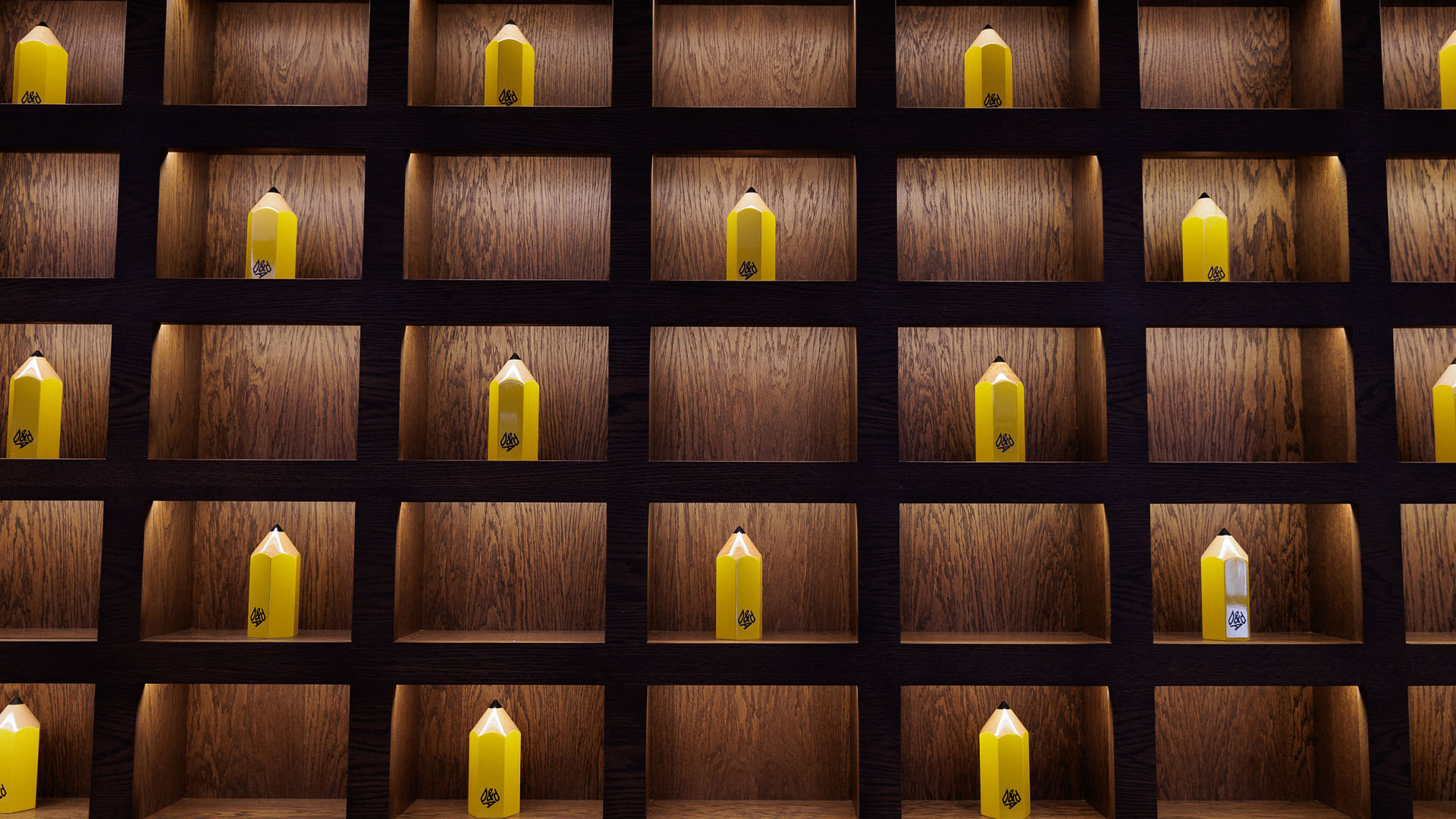Vector drawing in Flash MX
Despite the best efforts of the marketing people at Macromedia, Flash is still most famous for its animation capabilities.
But such perception does it a disservice, because in Flash MX we have a package that can do much, much more. It's a fully-fledged Web authoring system, complete with its own programming language and database connection capabilities. In this three-part series, we'll explore the key features, starting this month with the very core of the program: its drawing tools.
Vector graphics lie at the heart of Flash. Although it's grown into a multimedia tool that supports bitmap images, video and sound, vector images are the glue that holds these cumbersome components together. While bitmap images are made up of individual pixels, each one requiring its own entry in the data file that describes it, vector images are made up of co-ordinates. Think of them as points on a grid, describing shapes, lines and fills. As a consequence, vector images are smaller in file size, can be scaled to any dimension, and they don't suffer from the same loss of quality that plagues optimised bitmaps.
There are other vector formats on the Web - but the fact that they're not in regular use is testimony to Flash's popularity. The World Wide Web consortium is trying to pioneer the SVG (Scalable Vector Graphic) format - a dynamic graphics language created in XML. The format has many interesting features and is supported in Illustrator, CorelDRAW and FreeHand, but like Flash it requires a plug-in to function. WebCGM (Computer Graphics Metaformat) is a subset of SVG that can be viewed directly in current versions of Internet Explorer.
Despite these 'official' standards, Flash is the only vector format to have had any real impact on the Web. Part of it could be down to player distribution; around 98 per cent of browsers have the Flash plug-in. On the other hand, it could be down to Flash's great toolset - a handy bunch of widgets that enable you to create images with the smallest number of points.
Flash MX has all the tools you'd expect from a professional-level vector drawing package, including freehand and B©zier editing features. But it wasn't always that way. Until quite recently, the program featured a reduced drawing toolset that gave the illusion of reduced functionality. In fact, Flash's unique approach to vector illustration is flexible and produces files with far fewer points than 'traditional' tools. Drawing and editing lines, curves and fills is easy with the simple, context-sensitive tools available.
Over the next few pages, we take you on a tour of Flash's drawing complement, as we complete a project in Flash. The brief is to create a zoomable street map. Our tutorial is structured so that you can create a map of any place you like. We simply outline an approach to the task and provide you with some suitable techniques to follow. Using vector graphics in Flash will enable you to make artwork that is resolution-independent, and that you can transfer to the Web without any loss in quality.
Get the Creative Bloq Newsletter
Daily design news, reviews, how-tos and more, as picked by the editors.
INFO Tutorial by Karl Hodge. Thanks to Time Out magazine (www.timeout.com) for permission to use its map for the purposes of this tutorial.
The files necessary to complete this tutorial can be downloaded from within the PDF.

Thank you for reading 5 articles this month* Join now for unlimited access
Enjoy your first month for just £1 / $1 / €1
*Read 5 free articles per month without a subscription

Join now for unlimited access
Try first month for just £1 / $1 / €1

The Creative Bloq team is made up of a group of art and design enthusiasts, and has changed and evolved since Creative Bloq began back in 2012. The current website team consists of eight full-time members of staff: Editor Georgia Coggan, Deputy Editor Rosie Hilder, Ecommerce Editor Beren Neale, Senior News Editor Daniel Piper, Editor, Digital Art and 3D Ian Dean, Tech Reviews Editor Erlingur Einarsson, Ecommerce Writer Beth Nicholls and Staff Writer Natalie Fear, as well as a roster of freelancers from around the world. The ImagineFX magazine team also pitch in, ensuring that content from leading digital art publication ImagineFX is represented on Creative Bloq.
